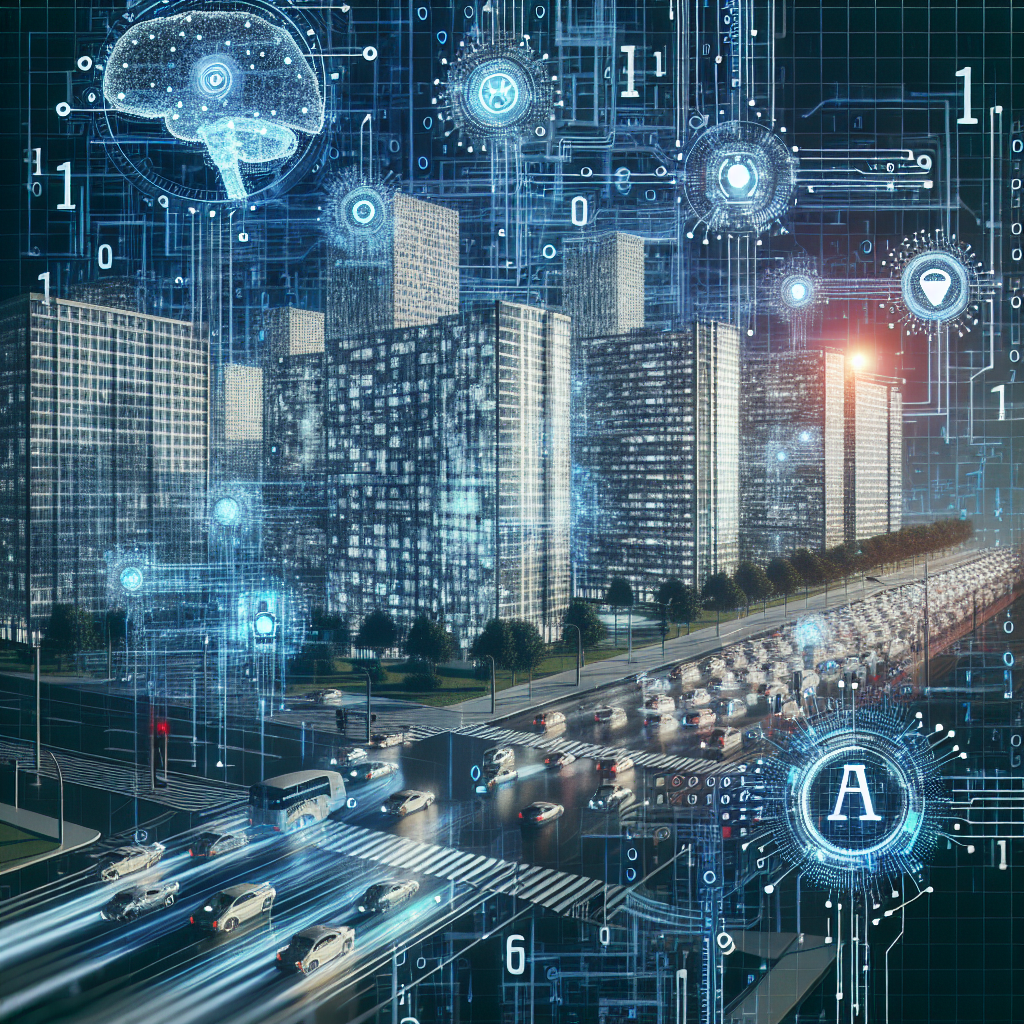AI and Machine Learning: Enabling Smart Cities
In recent years, the concept of smart cities has gained increasing popularity as governments and businesses seek to optimize urban infrastructure and services through the use of technology. Artificial intelligence (AI) and machine learning have emerged as key tools in creating these smart cities, enabling the collection and analysis of vast amounts of data to improve efficiency, sustainability, and quality of life for residents.
What are Smart Cities?
Smart cities are urban areas that use technology and data to improve the quality of life for residents, enhance sustainability, and optimize services. By integrating various IoT devices, sensors, and data analytics, smart cities can monitor and manage infrastructure, transportation, energy usage, and public services in real-time.
One of the key objectives of smart cities is to improve efficiency and sustainability by streamlining operations and reducing resource consumption. For example, by using smart sensors to monitor energy usage in buildings, cities can identify areas of waste and implement strategies to reduce energy consumption and lower costs.
AI and Machine Learning in Smart Cities
AI and machine learning play a crucial role in enabling smart cities by processing and analyzing the vast amounts of data generated by IoT devices and sensors. These technologies can identify patterns, trends, and anomalies in the data to help city planners make informed decisions and optimize services.
One of the main applications of AI and machine learning in smart cities is predictive analytics. By analyzing historical data, these technologies can forecast future trends and events, enabling city officials to proactively manage resources and plan for potential challenges.
For example, AI algorithms can analyze traffic patterns to predict congestion hotspots and optimize traffic flow by adjusting traffic signals or rerouting vehicles. This not only reduces traffic congestion but also improves air quality and lowers carbon emissions.
Another key application of AI in smart cities is in the area of public safety. By analyzing data from surveillance cameras, social media, and other sources, AI algorithms can identify potential threats and alert law enforcement agencies in real-time. This can help prevent crimes and ensure the safety of residents.
AI and machine learning can also be used to optimize public transportation systems by analyzing data on ridership, traffic patterns, and weather conditions to improve scheduling and routing. This can reduce wait times, increase efficiency, and encourage more people to use public transportation, reducing congestion and pollution.
Challenges and Considerations
While AI and machine learning offer numerous benefits in enabling smart cities, there are also challenges and considerations that need to be addressed. One of the main challenges is data privacy and security, as the collection and analysis of vast amounts of data can raise concerns about the misuse of personal information.
Another challenge is the need for skilled professionals to develop and implement AI solutions in smart cities. This requires collaboration between government agencies, technology companies, and academic institutions to train a workforce with the necessary skills to deploy and manage these technologies effectively.
Additionally, there are concerns about the potential bias in AI algorithms, which can lead to discriminatory outcomes in areas such as law enforcement, healthcare, and public services. It is essential for city planners to ensure that AI systems are developed and deployed in a fair and transparent manner to avoid exacerbating existing inequalities.
FAQs
Q: What are the benefits of AI and machine learning in smart cities?
A: AI and machine learning can improve efficiency, sustainability, and quality of life in smart cities by analyzing data to optimize services, predict trends, and enhance public safety.
Q: How can AI be used to improve public transportation in smart cities?
A: AI can analyze data on ridership, traffic patterns, and weather conditions to optimize scheduling, routing, and capacity planning in public transportation systems.
Q: What are the challenges of implementing AI in smart cities?
A: Challenges include data privacy and security concerns, the need for skilled professionals, and the potential bias in AI algorithms that can lead to discriminatory outcomes.
Q: How can city planners address concerns about bias in AI algorithms?
A: City planners can ensure that AI systems are developed and deployed in a fair and transparent manner by monitoring and evaluating algorithms for bias, involving diverse stakeholders in the decision-making process, and implementing policies to address any discriminatory outcomes.
In conclusion, AI and machine learning are essential tools in enabling smart cities to improve efficiency, sustainability, and quality of life for residents. By analyzing data and predicting trends, these technologies can optimize infrastructure, transportation, energy usage, and public services to create more livable and resilient urban environments. However, it is crucial for city planners to address challenges such as data privacy, skills development, and bias in AI algorithms to ensure that smart cities are developed and deployed in a fair and equitable manner.

